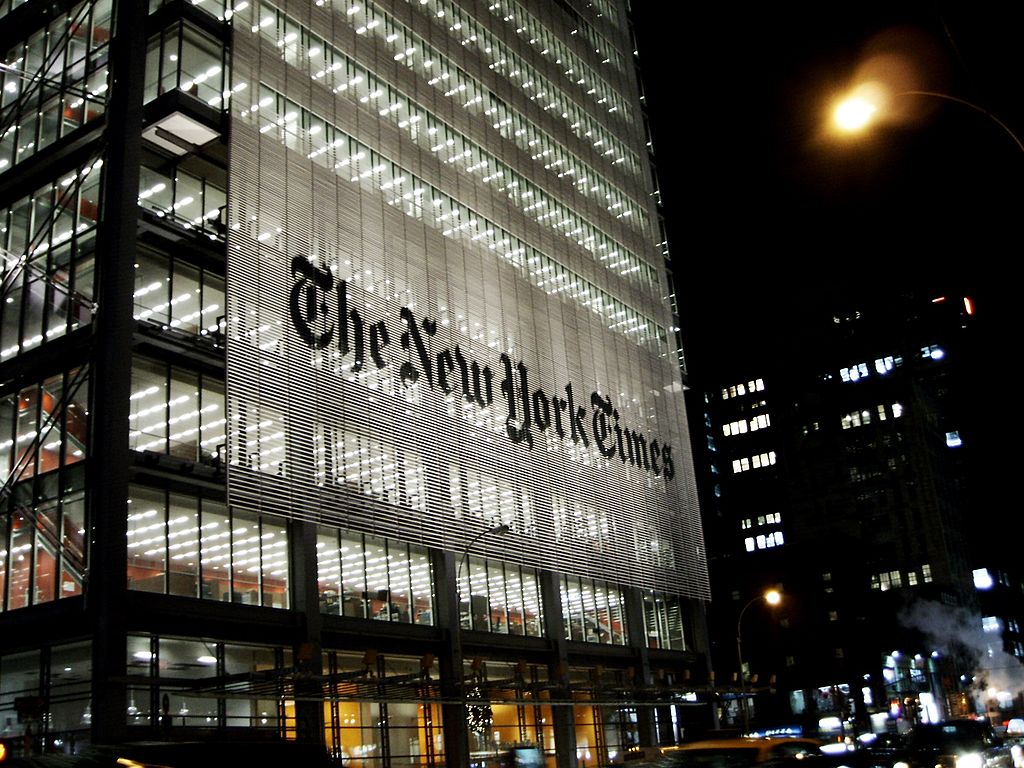Opinions expressed in opinion columns are the author’s own.
With great technological advancements come great societal change. Every civilization grapples with the rapidity with which it churns out new technology. Every civilization struggles to find the proper balance between the new and the old. In this respect, our era is no different than those that have preceded us, but we have failed to maintain the wisdom of the old in our exuberance for the new.
Today’s inventions are the greatest humanity has ever achieved. From the internet to smartphones, our creations allow us to attain all of our desires instantaneously. With these inventions, we can instantly photograph our surroundings, check the weather and read the news. This has created a populace reliant on quick news that adheres to personal ideologies instead of accurate, unbiased news. Print journalism has suffered most from these advancements.
Today, everyone is equipped with a camera and a device to show the entire world what they see. This has led to a steep decline in professional journalism of all forms, encompassing both the quality of journalism and its viability as an industry. Eventually, this decline spirals into a disastrous cycle of worsening quality: Employers cannot afford to pay good journalists, which leads to a weaker product, which creates less consumer demand, which leads to less revenue and so on. As the role of the individual, unqualified citizen as news publisher has exploded, trained professionals’ stature has languished: From 1990 to 2015, the news industry’s workforce has nearly halved.
Unfortunately, this decline is not new. In 2009, Michael Gerson of The Washington Post wrote an obituary to print journalism. Gerson cited The Ann Arbor News and The Rocky Mountain News, both of which stopped publishing after more than a century and a half in print. The Seattle Post-Intelligencer also could not afford to continue printing and retreated into the confines of the internet.
In his op-ed, Gerson echoed the words of Paul Gillin, who created the Newspaper Death Watch in 2007. Gillin grew up awed by the impeccable work of The Washington Post and The New York Times in exposing the Watergate scandal. Inspired by these seminal journalistic works, Gillin spent 25 years of his life in technology journalism. Now, he sees “an industry that’s teetering on the brink of an abyss.” He predicts that the technological advancements of our age “will ultimately destroy 95 percent of America’s major metropolitan newspapers.”
Today, the industry still finds itself in turmoil. Although The New York Times saw a massive influx of online subscribers during the rise of Donald Trump, it still lost 20 percent of its print advertising revenue in 2016. This is a common tale in newspapers. Just between 2014 and 2015, newspapers’ daily circulation decreased by 7 percent. Now, newspapers merge to combat their individual struggles. In just one example, Tribune Publishing — now known as Tronc — the owner of the Los Angeles Times, purchased The San Diego Union-Tribune to decrease the costs and combine the resources of both Southern California papers.
The death of print journalism entails more harm than the pain felt by those nostalgic people who romanticize sitting down in the morning with a cup of black coffee and a fresh copy of the local paper. The industry’s death has led to the expulsion of tens of thousands of workers to other, better-paying and more desired fields. More importantly, however, people simply pay more attention to and better comprehend words read in print. This is especially critical when it comes to the news because people base their stance on many important societal issues on what they read. And these readers eventually enter the voting booth and decide the direction of the country. Do we want a citizenry that forms its opinions in so-called “echo chambers,” or one that is willing to sit down with the paper and really dig deep into what is occurring in the world?
While impeccable print journalism still exists, it will continue to face an onslaught of competition from the average citizen and personal Twitter feeds. Eventually, just two groups will remain: college kids willing to work hard for nothing, and rich, Citizen Kane-like conglomerates willing to bleed money in exchange for the influence of owning a newspaper. The only thing that might save print journalism is if we set aside our biases and desire for instant gratification, and agree to buy newspapers again. And, with the dire situation the industry finds itself in, even that might not be enough.
Joseph Kuttler is a sophomore English major. He can be reached at jkuttler@umd.edu.



